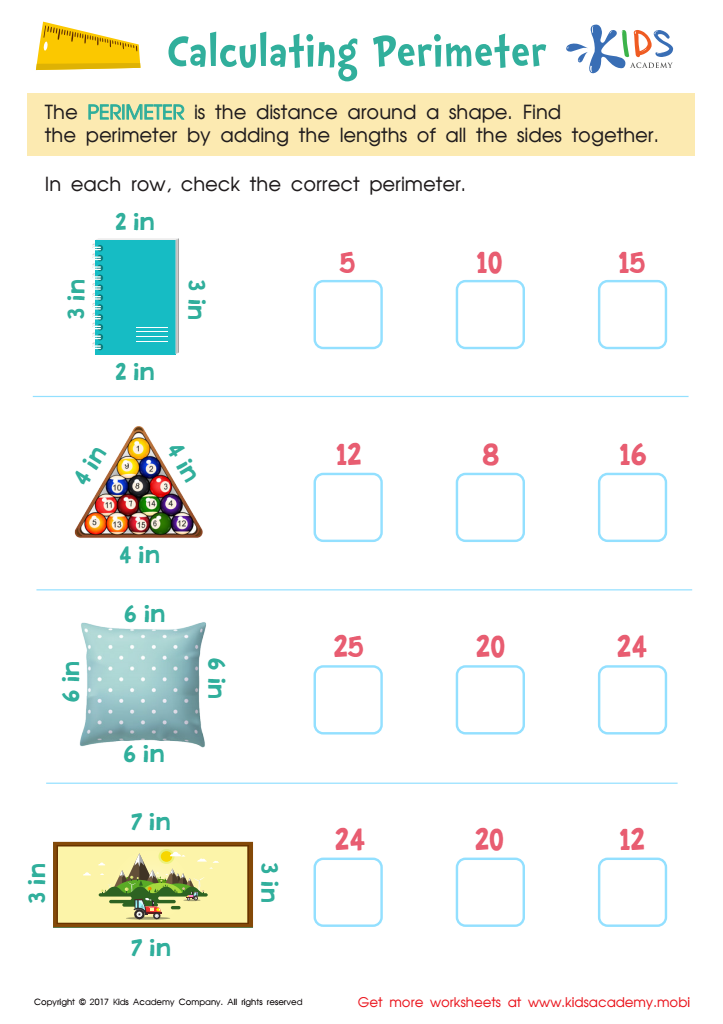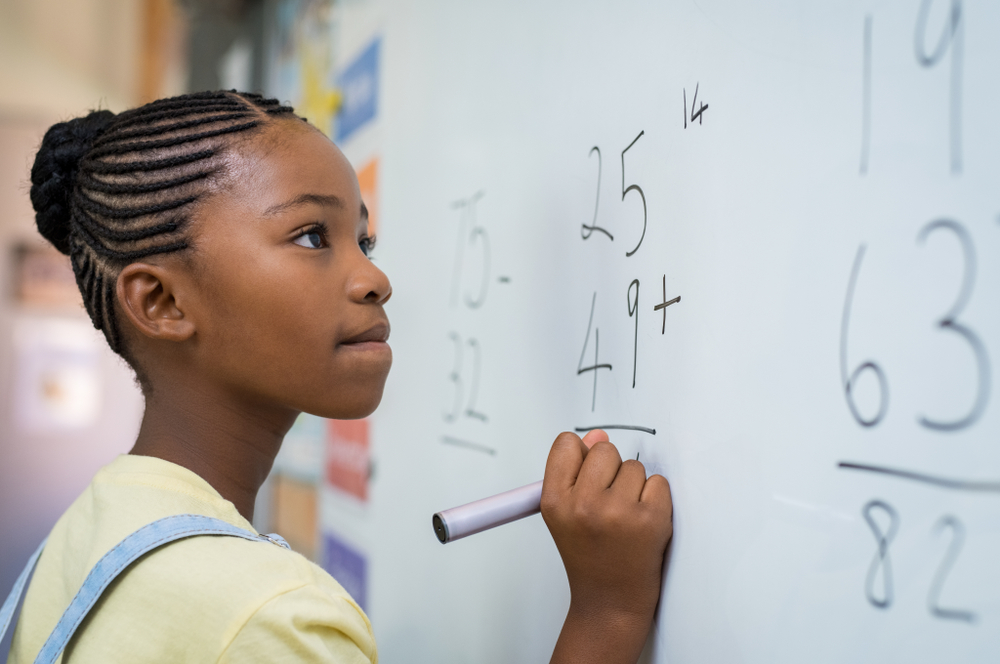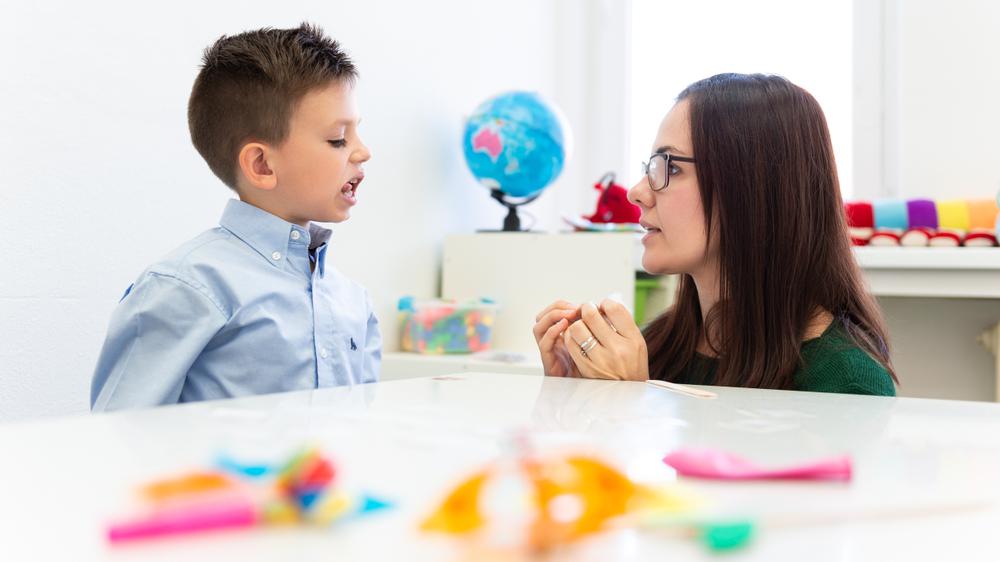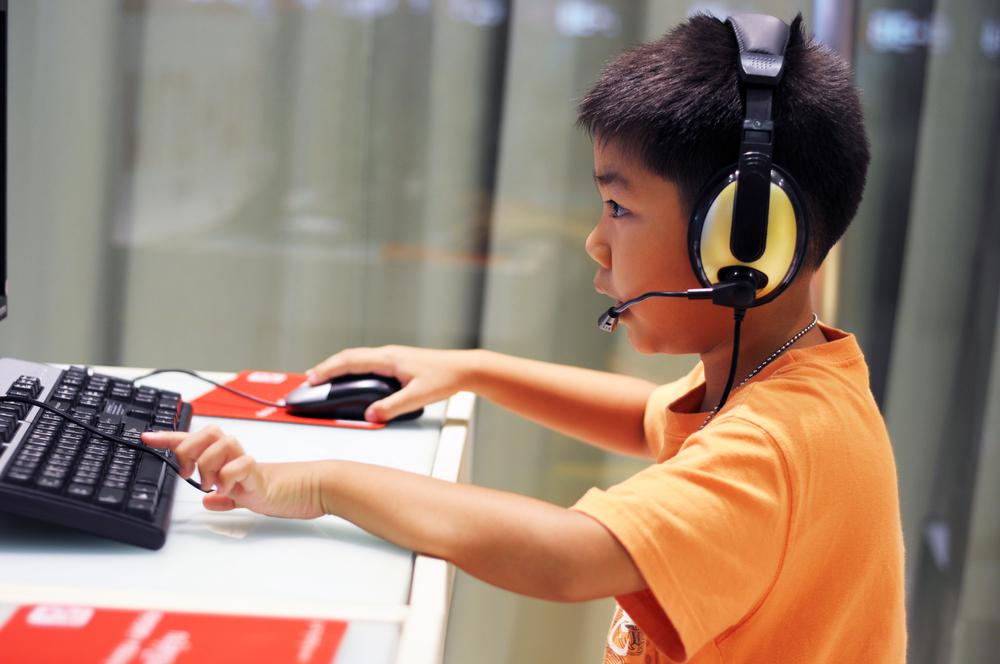Teaches perimeter calculation Worksheets for Kids
1 filtered results
-
From - To


Calculating Perimeter Worksheet
Question/Answer
How to test a Grade 3 student’s Teaches perimeter calculation skills?
To test a Grade 3 student's perimeter calculation skills, create a worksheet with various shapes such as squares, rectangles, and triangles. Ask the student to calculate the perimeter of each shape by adding the lengths of all sides. Include both regular shapes, where sides are equal, and irregular shapes to assess their understanding of the concept fully.
What does the Teaches perimeter calculation skill mean when it comes to Grade 3 Geometry learning?
The "Teaches perimeter calculation skill" in Grade 3 Geometry learning refers to educating students on how to measure the total distance around the edge of two-dimensional shapes. It involves teaching them the process of adding up the lengths of all sides of polygons, such as rectangles and squares, to calculate the perimeter.
Why is the Teaches perimeter calculation skill important for Grade 3 students?
Teaching perimeter calculation to Grade 3 students is important because it lays a foundational mathematical skill, enhances their problem-solving abilities, and introduces them to geometric concepts. It prepares them for more complex math topics, helps in the development of logical thinking, and is applicable in everyday life scenarios, thereby connecting classroom learning to the real world.
 Assign to the classroom
Assign to the classroom












